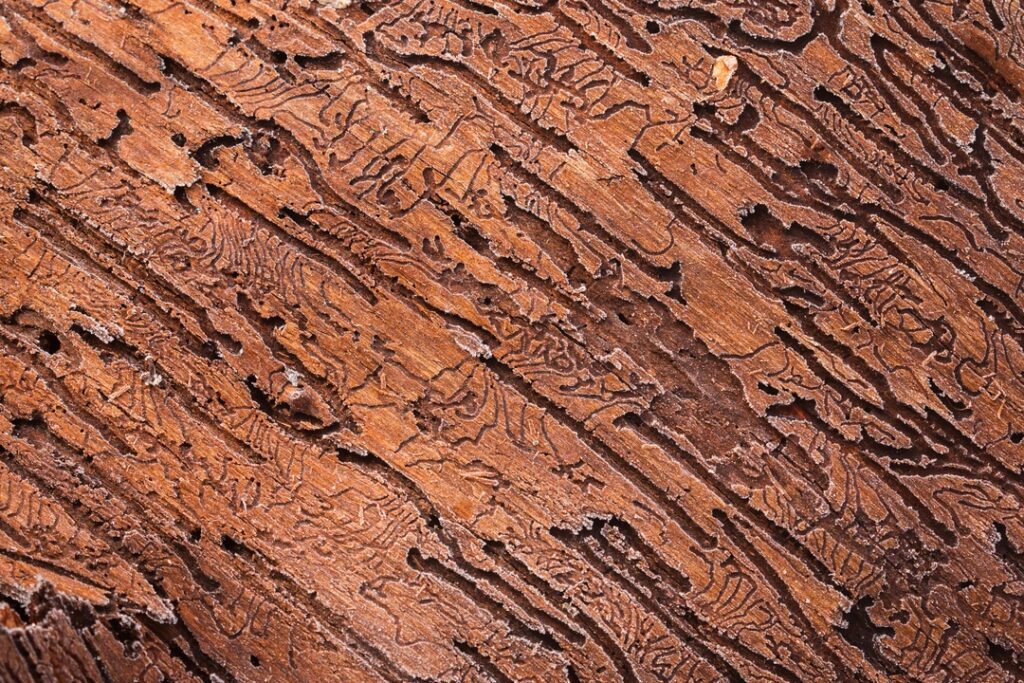
Ladies and gentlemen, today we bring to the show the infamous beetles. These are not the rock Beatles; they are the terrible bark beetles that kill your tree. So, today, we’ll get to know these creatures, bark beetle signs, how they damage your tree & the best bark beetle treatment. I hope you like the show, and let’s show these nasty bark beetles who rule this world!
According to Google’s English dictionary, a bark beetle is “a small wood-boring beetle that tunnels under the bark of trees, which die if heavily infested.”
Your tree could die of a bark beetle infestation.
When bark beetles infect your tree, this eventually leads to the tree’s death, typically within 2-4 years of infestation.
That’s some serious consequences! So, it’s good to know the
Different Types of Bark Beetles:
Emerald Ash Borer
Mountain Pine Bark Beetle
Elm Bark Beetle
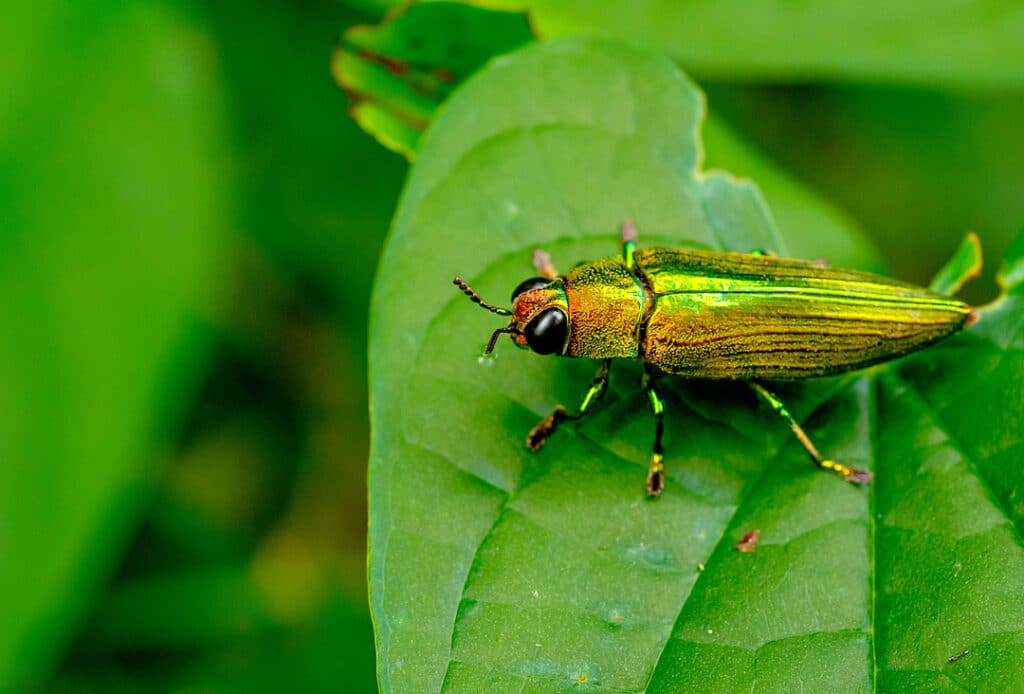
Who would have known I would be saying the beetles are beautiful? I have always admired the beauty of Emerald Ash Borer. Emerald Ash Borer has a metallic emerald appearance. It is an invasive beetle species since it’s native to Asia.
This small, metallic-green beetle has caused significant ecological and economic impacts since it arrived from Asia in the early 2000s. The loss of ash trees has disrupted ecosystems, reduced property values, and increased municipal tree removal and replacement costs.
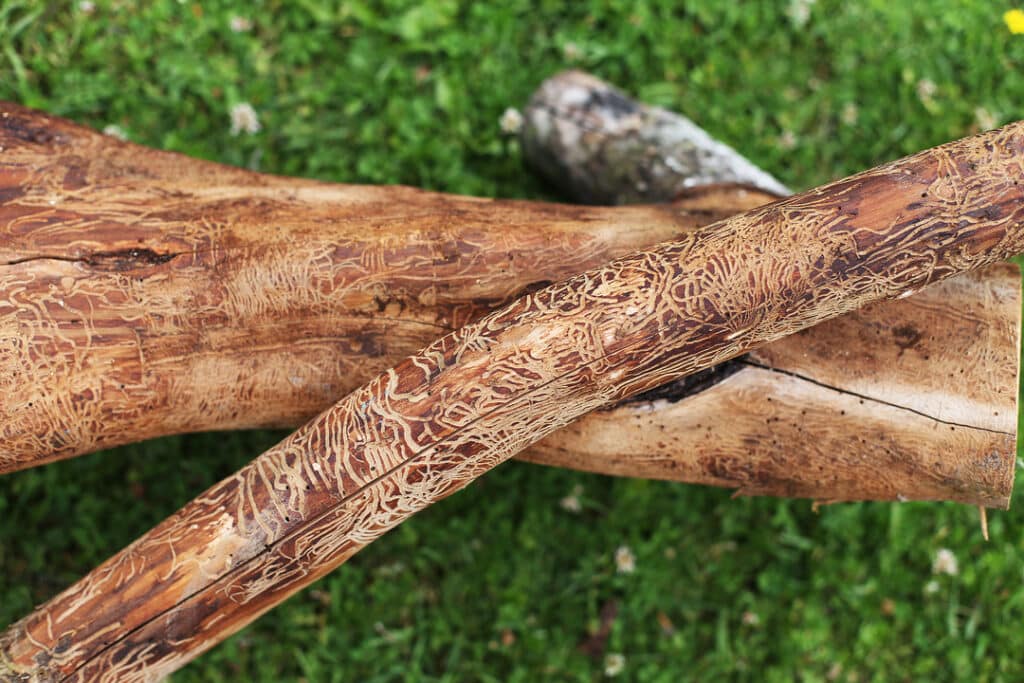
The Elm Bark Beetle, a diminutive yet destructive insect, poses a significant threat to elm trees. These tiny beetles, measuring 2-4mm, burrow under the bark, creating galleries and laying their eggs. The real danger, however, is their role in spreading Dutch Elm Disease (DED). As they tunnel, they carry the DED fungus, which ultimately chokes off the tree’s water supply, leading to its demise. Protecting our majestic elms requires diligent monitoring and swift action against Elm Bark Beetles and implementing preventative measures such as pruning and proper sanitation.
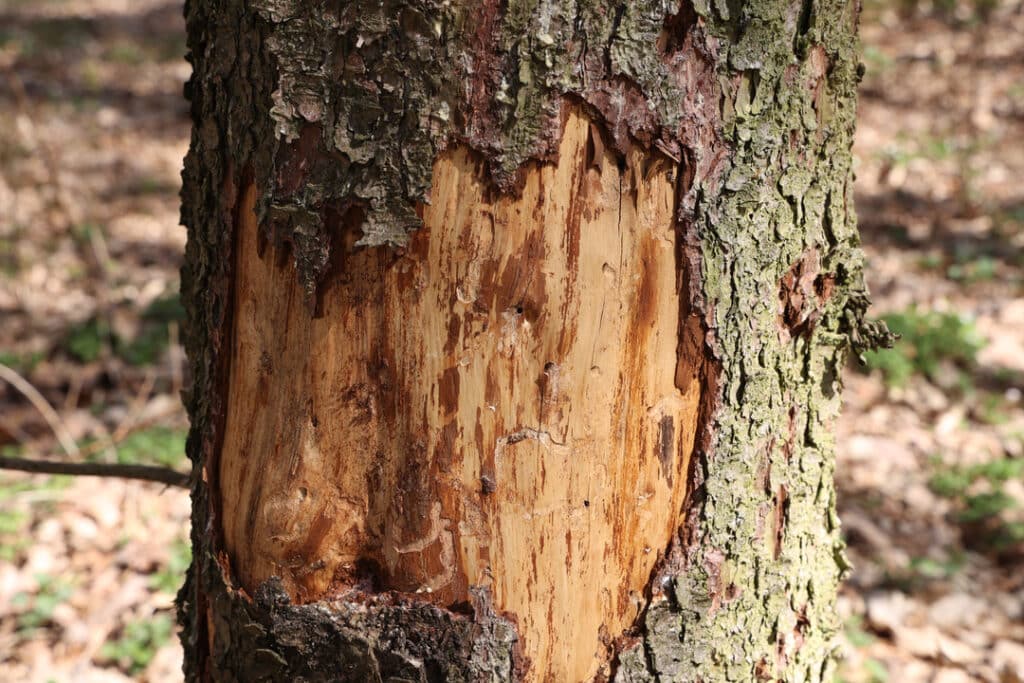
Bark beetles pose a significant risk to our trees, as these tiny insects can cause extensive damage to trees, particularly conifers. Nasty bark beetles attack trees weakened by drought, disease, or other stressors.
These beetles create tunnels beneath the bark to lay eggs, disrupting the tree’s ability to transport nutrients and water. The lack of nutrients ultimately leads to the tree’s death, ruining the appearance of your landscape.
Prevention strategies include constant tree care, utilizing pheromone traps, and removing infested trees.
Don’t let bark beetles damage your tree. Instead, stay vigilant, and defend your tree against bark beetle damage.
Detecting bark beetle infestations early is crucial for preserving the health of your trees. Here are some key signs to watch for:
Boreholes: Small, round holes in the bark indicate where beetles have entered the tree.
Sawdust: Fine, powdery sawdust accumulates at the tree’s base or bark crevices.
Fading foliage: Infested trees exhibit fading, yellowing, or browning needles.
Pitch tubes: Trees may produce pitch tubes, or small sap formations, to defend against invading beetles.
Identifying these signs allows for timely interventions, mitigating the damage caused by bark beetle infestations.
Bark beetles pose a significant threat to our forests; proactive measures are essential to minimize their impact. Here are five effective strategies to help control and prevent bark beetle infestations: come.
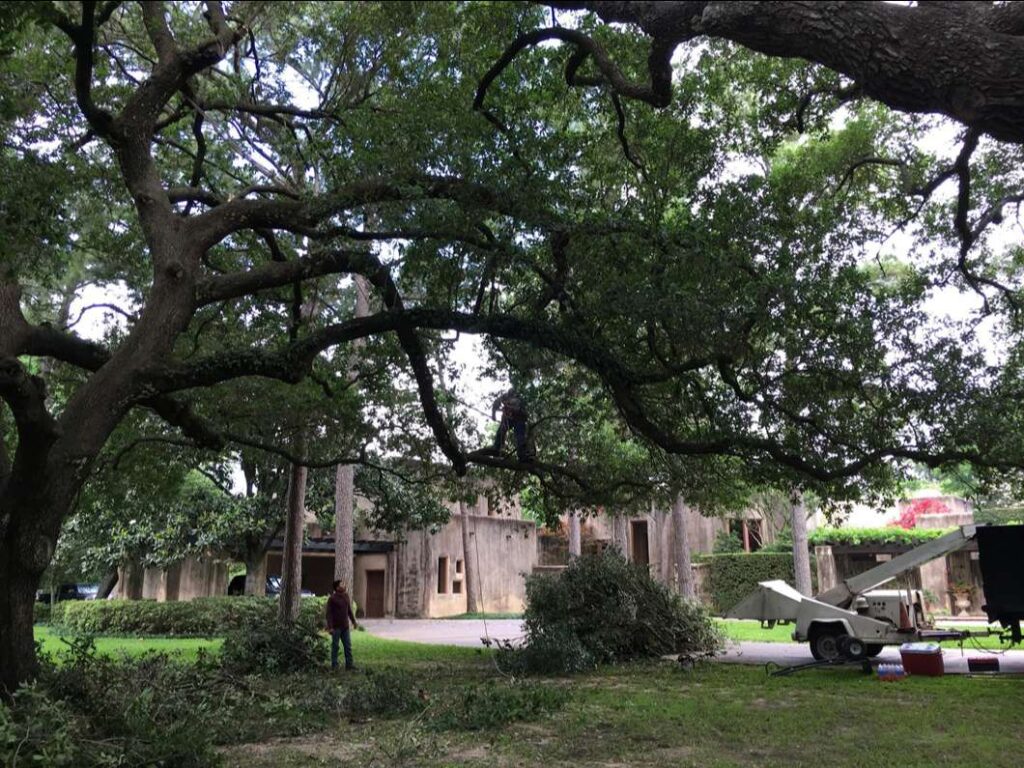
A healthy tree is less susceptible to bark beetle attacks. Regular watering, pruning, and mulching promote vigor and resilience.
Regularly inspect your trees for signs of infestation, such as boreholes, sawdust, fading foliage, and pitch tubes. Early detection allows timely intervention and increases the chances of saving affected trees.
Utilizing pheromone traps is an effective way to monitor bark beetle populations and reduce their numbers. These traps release synthetic beetle pheromones, attracting and trapping the beetles to prevent them from infesting nearby trees.
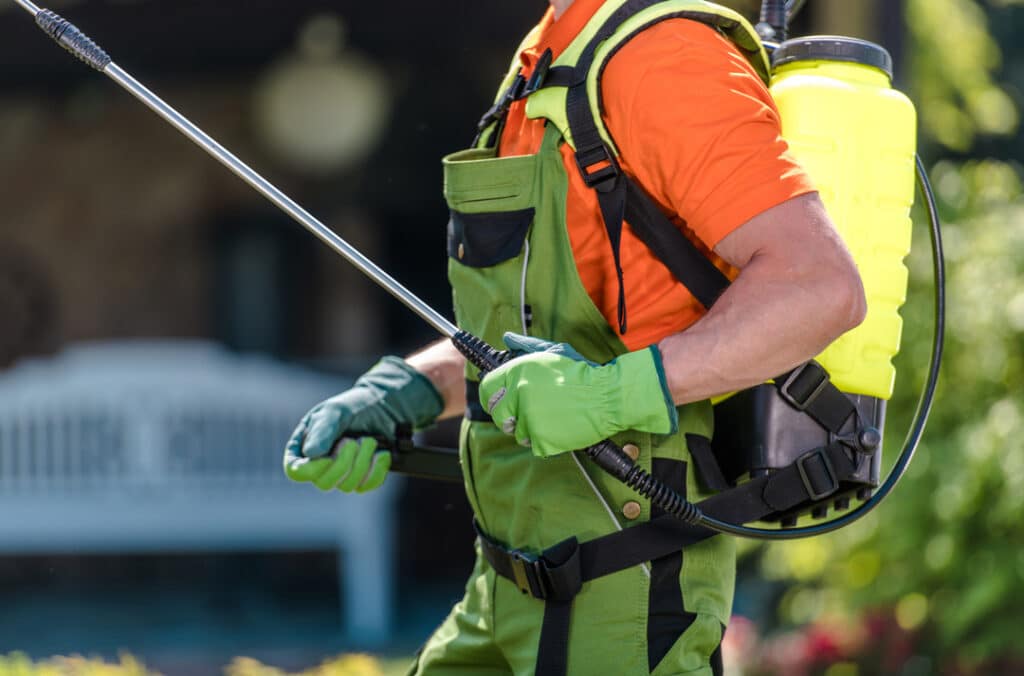
You can apply preventive insecticides to trees with a high risk of infestation. Carbaryl, permethrin, and bifenthrin are commonly used to deter bark beetles. Consult a professional arborist to determine whether chemical treatments suit your situation.
Promptly remove and properly dispose of infested trees to reduce the likelihood of beetles spreading to healthy trees. Chipping, burning, or burying the wood can help prevent further infestations.
Combating bark beetles requires a combination of vigilance, preventive measures, and timely interventions. By implementing these strategies, we can help protect our trees and preserve the health of our trees for generations to come.
The show is over!
You must destroy the destructive bark beetles. Their fame is gone, and their damage has gone too far. So, it’s time to protect your tree (especially pine, ash, or elm trees). You can first try to identify the early signs of bark beetle infestation. Once you know destructive boring insects are screwing your tree, you need to rescue your tree by using the treatment we recommended.
If you need the assistance of an experienced tree company in Katy, TX, Cypress, TX, or Houston, TX, you can count on Tree Care Professional.
As our name suggests, “Tree Care Professional,” we care for your trees professionally. We are a customer-focused, honest, committed & fairly-priced tree company. Call us for a free quote so we can take care of your trees!
Click on the Facebook icon to share this article!